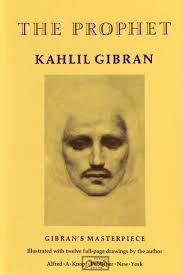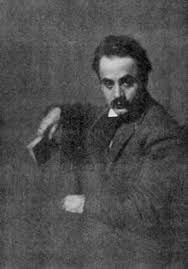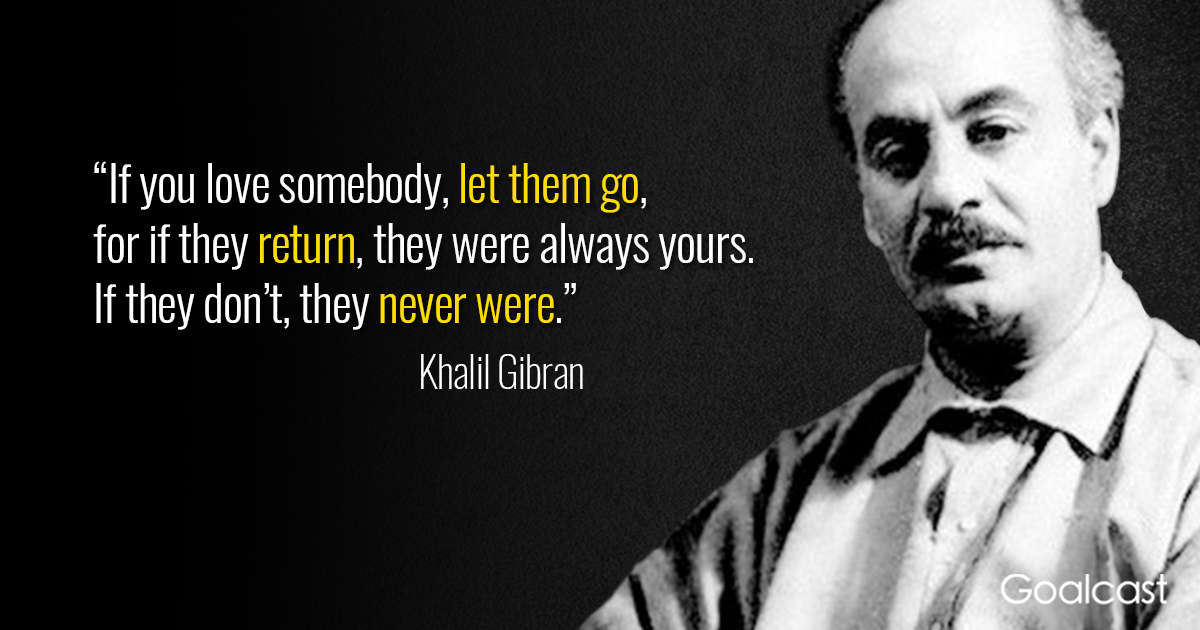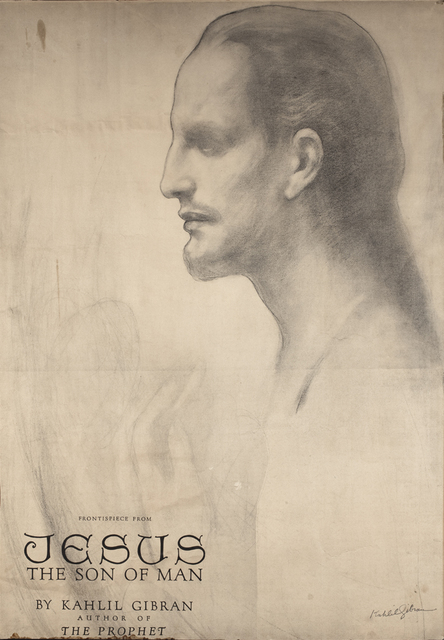Kahlil Gibran
Gibran in 1913
Native name
جبران خليل جبران
Born January 6, 1883
Bsharri, Mount Lebanon Mutasarrifate, Ottoman Syria
Died April 10, 1931 (aged 48) New York City, United States
Resting place Bsharri, Lebanon
Occupation Writer, poet, visual artist, philosopher
Nationality Lebanese and American
Genre Poetry, parable, fragments of conversation, short story, fable, political essay, letter, aphorism
Literary movement Mahjar
Notable works The Prophet, The Madman, Broken Wings
Signature
Gibran Khalil Gibran (Arabic: جبران خليل جبران, ALA-LC: Jubrān Khalīl Jubrān, IPA: [ʒʊˈbrɑːn xæˈliːl ʒʊˈbrɑːn], or Jibrān Khalīl Jibrān, IPA: [ʒɪˈbrɑːn xæˈliːl ʒɪˈbrɑːn];[a] January 6, 1883 – April 10, 1931), usually referred to in English as Kahlil Gibran was a Lebanese-American writer, poet and visual artist, also considered a philosopher[4] although he himself rejected this title in his lifetime. He is best known as the author of The Prophet, which was first published in the United States in 1923 and is one of the best-selling books of all time, having been translated into dozens of languages.
Born in a village of the Ottoman-ruled Mount Lebanon Mutasarrifate to a Maronite Christian family, the young Gibran immigrated with his mother and siblings to the United States in 1895. As his mother worked as a seamstress, he was enrolled at a school in Boston, where his creative abilities were quickly noticed by a teacher who presented him to Fred Holland Day. Gibran was sent back to his native land by his family at the age of fifteen to enroll at al-Hikma School in Beirut. Returning to Boston upon his youngest sister's death in 1902, he lost his older half-brother and his mother the following year, seemingly relying afterwards on his remaining sister's income from her work at a dressmaker's shop for some time.
In 1904, Gibran's drawings were displayed for the first time at Day's studio in Boston, and his first book in Arabic was published in 1905 in New York City. With the financial help of a newly-met benefactress, Mary Haskell, Gibran studied art in Paris from 1908 to 1910. While there, he became involved in secret circles promoting rebellion in the Ottoman Empire after the Young Turk Revolution; his books were eventually banned by the Ottoman authorities. In 1911, Gibran settled in New York, where he would start writing The Prophet in 1915, and where his first book in English, The Madman, would be published by Alfred A. Knopf in 1918. His visual artwork was shown at Montross Gallery in 1914, and at the galleries of M. Knoedler & Co. in 1917. He had also been corresponding remarkably with May Ziade since 1912. In 1920, Gibran re-founded The Pen League with fellow Mahjari poets. By the time of his death at the age of 48 from cirrhosis and incipient tuberculosis in one lung, he had achieved literary fame on "both sides of the Atlantic Ocean", and The Prophet had already been translated into German and in French. His body was transferred to his birth village of Bsharri (in present-day Lebanon), to which he had bequeathed all future royalties on his books, and where a museum dedicated to his works now stands.
As worded by Suheil Bushrui and Joe Jenkins, Gibran's life has been described as one "often caught between Nietzschean rebellion, Blakean pantheism and Sufi mysticism." Gibran discussed "such themes as religion, justice, free will, science, love, happiness, the soul, the body, and death" in his writings, which were "characterized by innovation breaking with forms of the past, by symbolism, an undying love for his native land, and a sentimental, melancholic yet often oratorical style." He explored literary forms as diverse as "poetry, parables, fragments of conversation, short stories, fables, political essays, letters, and aphorisms." Salma Jayyusi has called him "the single most important influence on Arabic poetry and literature during the first half of [the twentieth] century." At the same time, "most of Gibran's paintings expressed his personal vision, incorporating spiritual and mythological symbolism", with art critic Alice Raphael recognizing in the painter a classicist, whose work owed "more to the findings of Da Vinci than it [did] to any modern insurgent." His "prodigious body of work" has been described as "an artistic legacy to people of all nations."
The Gibran family in the 1880s. Left to right: Gibran, Khalil (father), Sultana (sister), Butrus (half-brother), Kamila (mother)
Gibran was born January 6, 1883, in the town of Bsharri in the Mount Lebanon Mutasarrifate, Ottoman Empire (modern-day Lebanon), to Khalil Gibran and Kamila Gibran (Rahmeh). His mother, Kamila, daughter of a priest, was thirty when he was born; his father, Khalil, was her third husband. As a result of his family's poverty, Gibran received no formal schooling during his youth in Lebanon. However, priests visited him regularly and taught him about the Bible and the Arabic language.
Gibran's father initially worked in an apothecary, but with gambling debts he was unable to pay, he went to work for a local Ottoman-appointed administrator. Around 1891, extensive complaints by angry subjects led to the administrator being removed and his staff being investigated.
Kamila Gibran decided to follow her brother to the United States. Although Gibran's father was released in 1894, Kamila remained resolved and left for New York on June 25, 1895, taking Kahlil, his younger sisters Mariana and Sultana, and his elder half-brother Peter (in Arabic, Butrus).
Kahlil Gibran, photograph by Fred Holland Day, c. 1898
The Gibrans settled in Boston's South End, at the time the second-largest Syrian-Lebanese-American community in the United States. Gibran started school on September 30, 1895. School officials placed him in a special class for immigrants to learn English. Due to a mistake at the school, he was registered using the anglicised spelling 'Kahlil Gibran' His mother began working as a seamstress peddler, selling lace and linens that she carried from door to door. Gibran also enrolled in an art school at Denison House, a nearby settlement house. Through his teachers there, he was introduced to the avant-garde Boston artist, photographer, and publisher Fred Holland Day, who encouraged and supported Gibran in his creative endeavors. A publisher used some of Gibran's drawings for book covers in 1898.
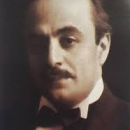
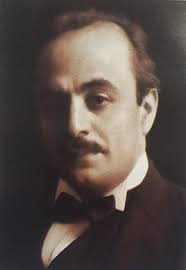
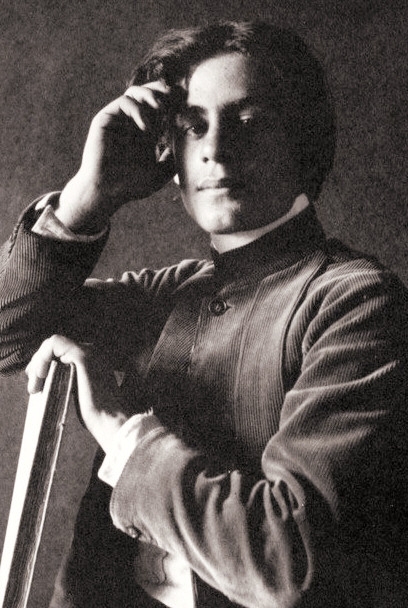
 Anjel Candy
Anjel Candy 
 Amanda S. Stevenson
Amanda S. Stevenson 